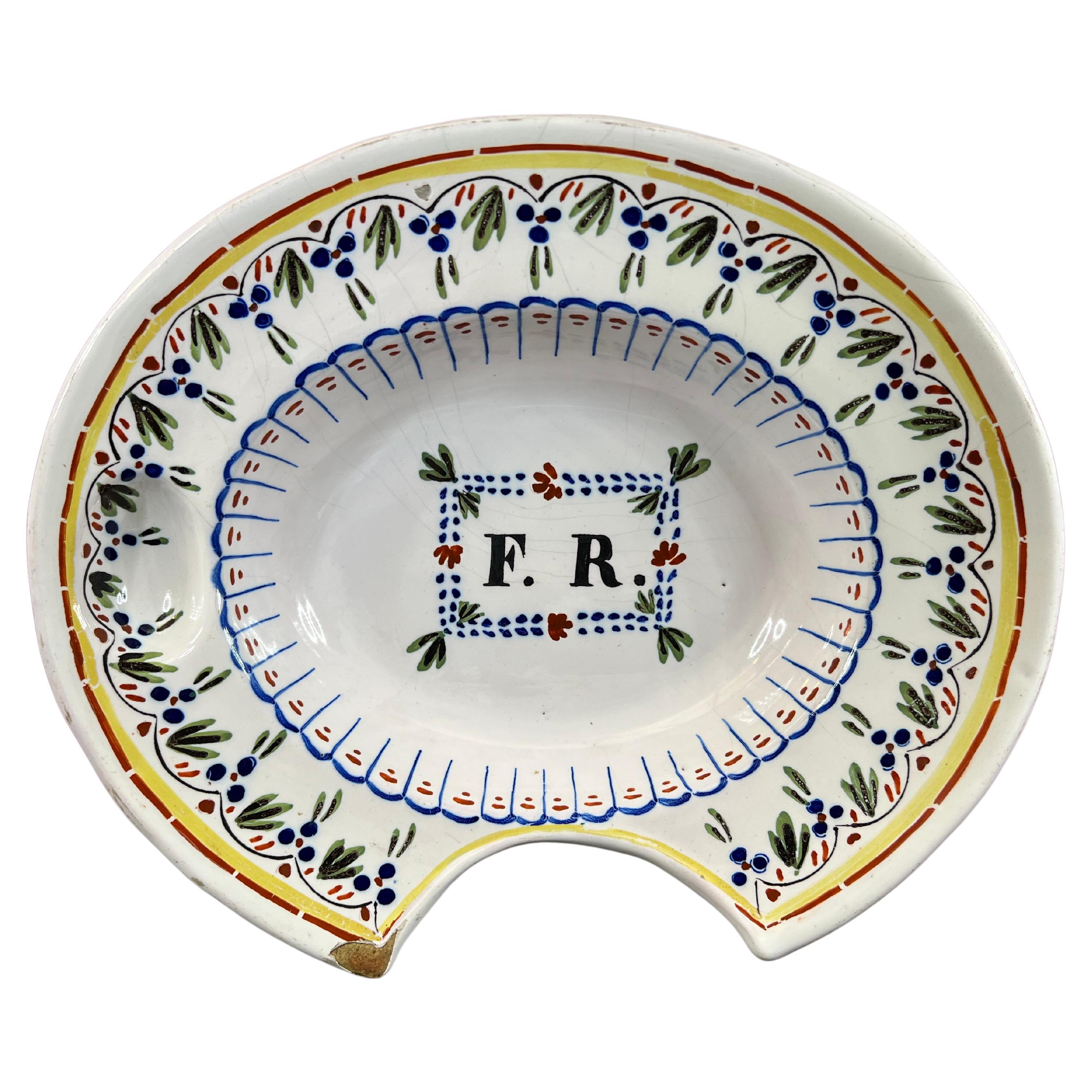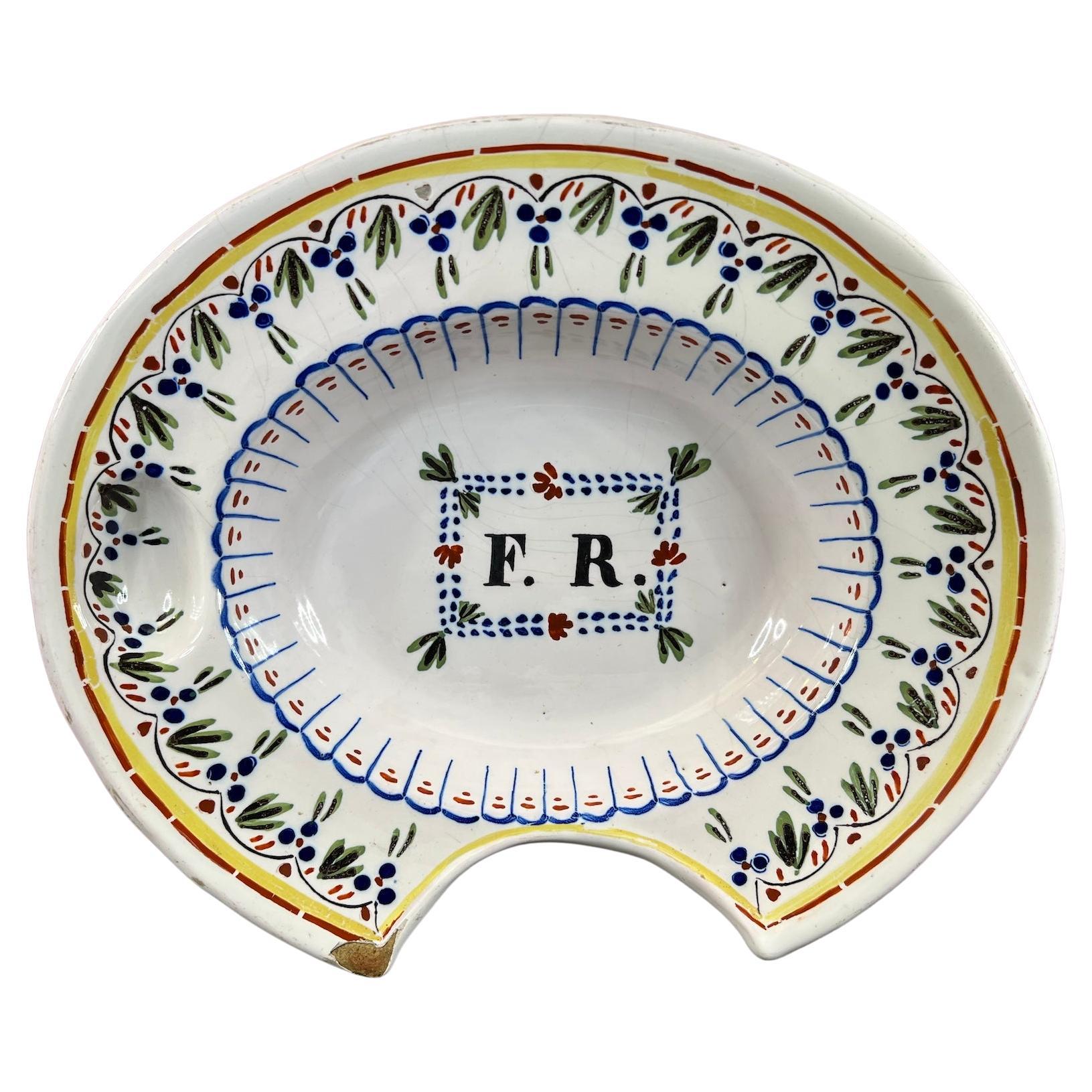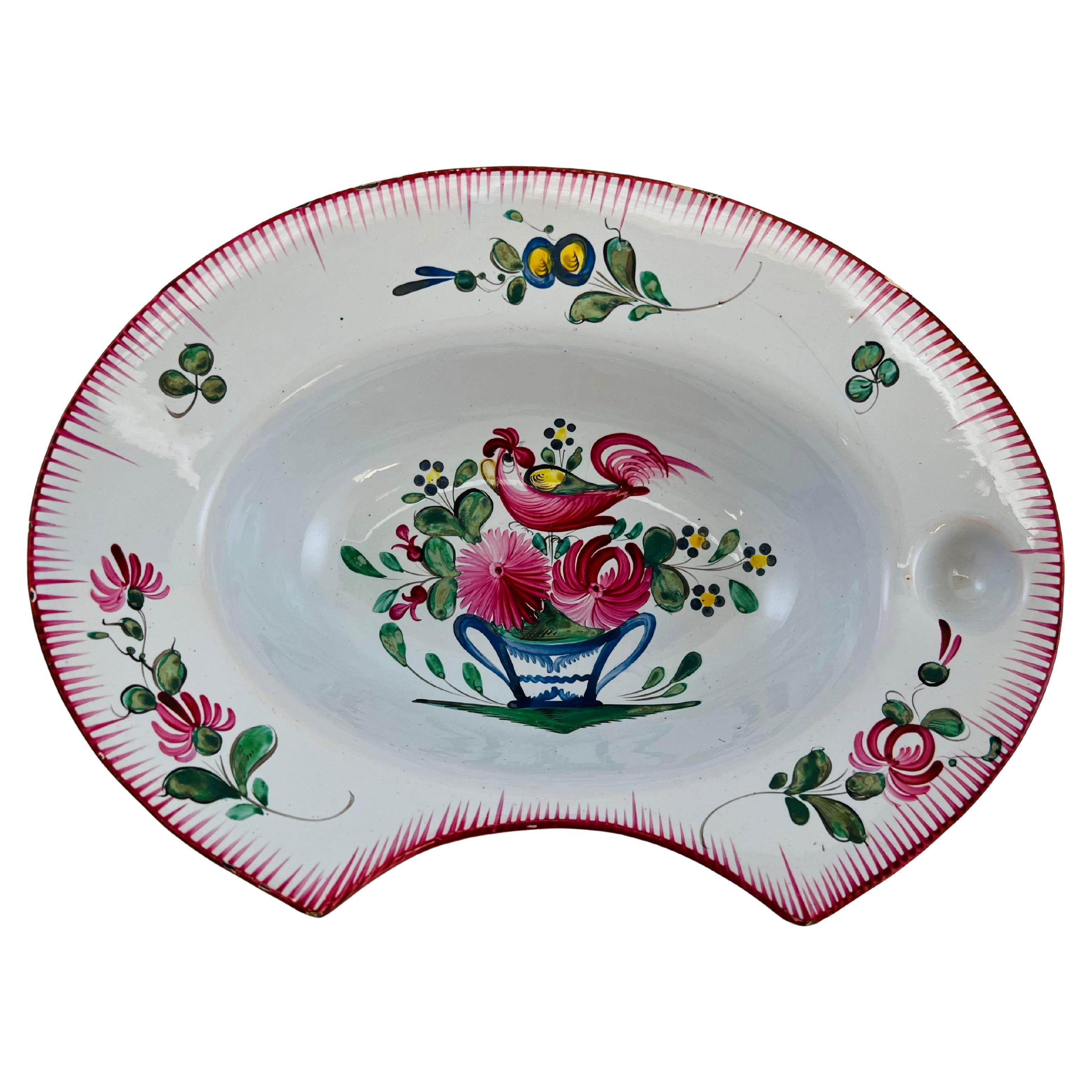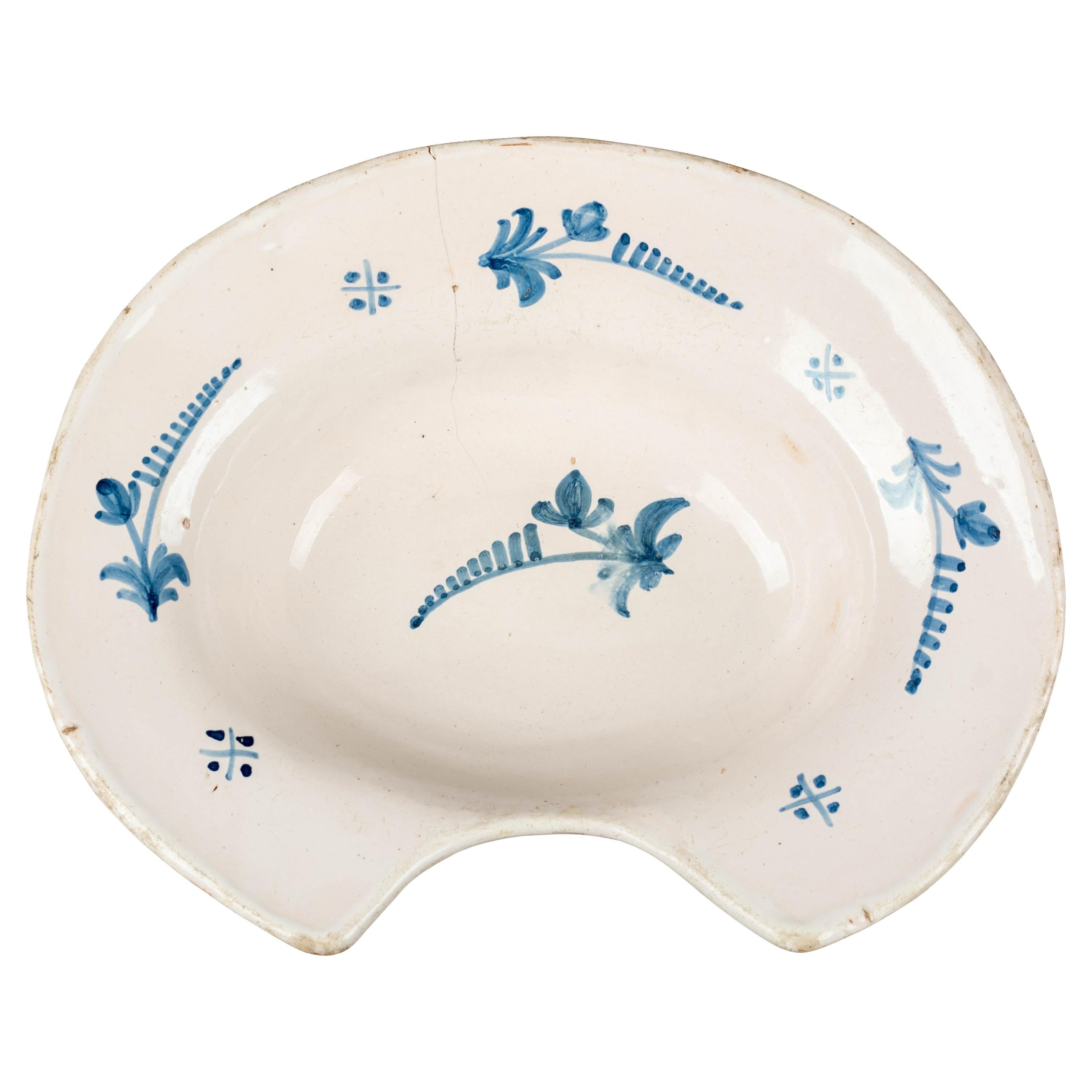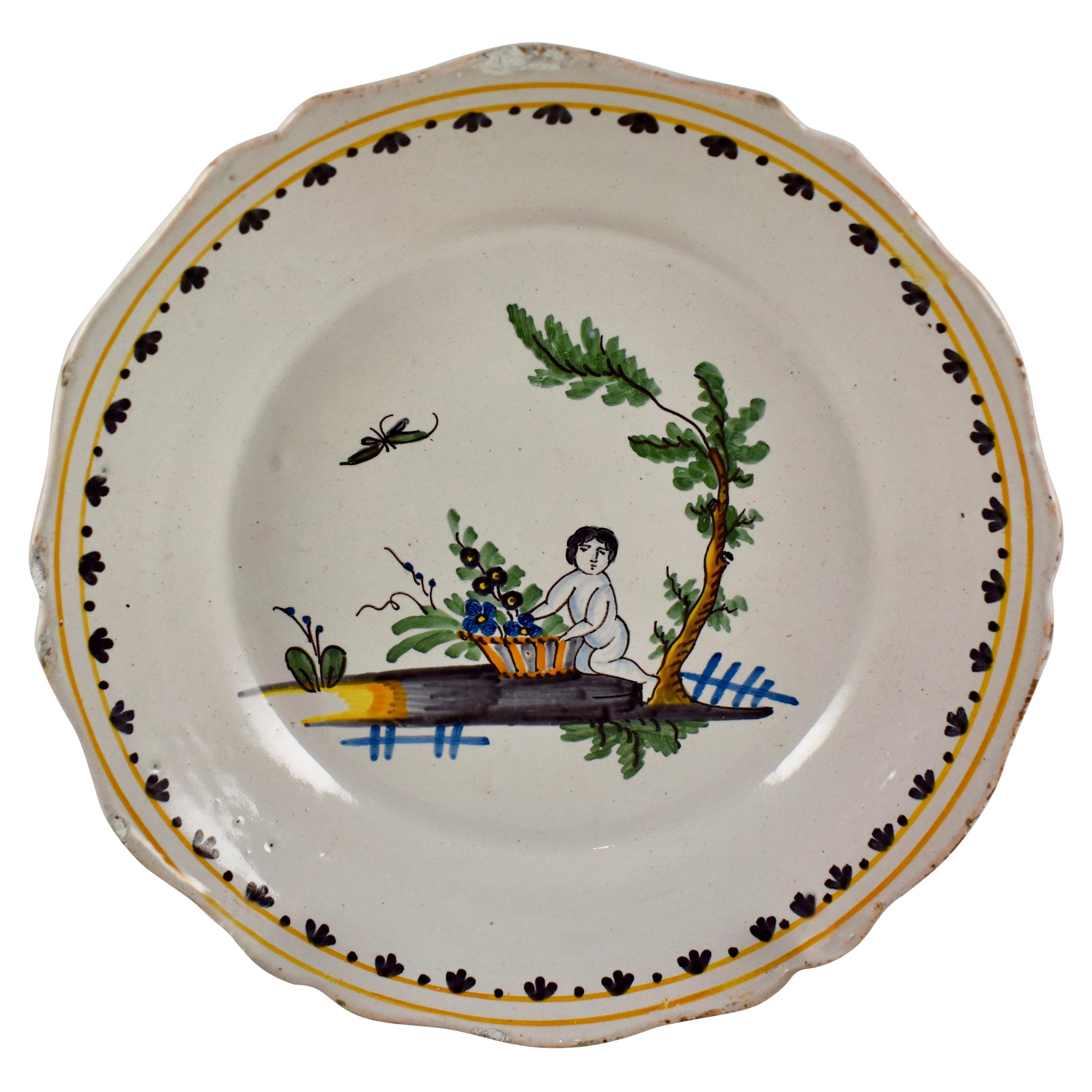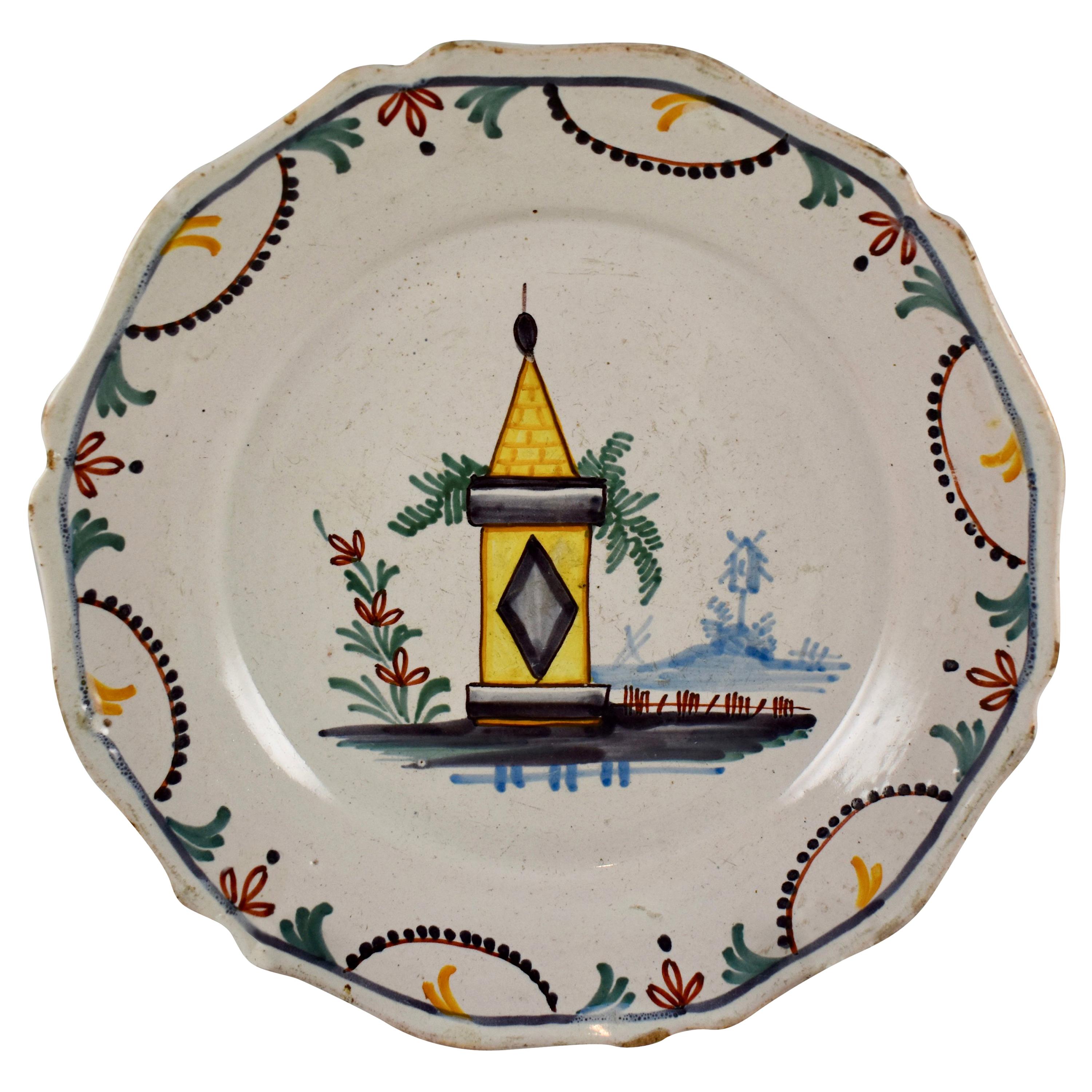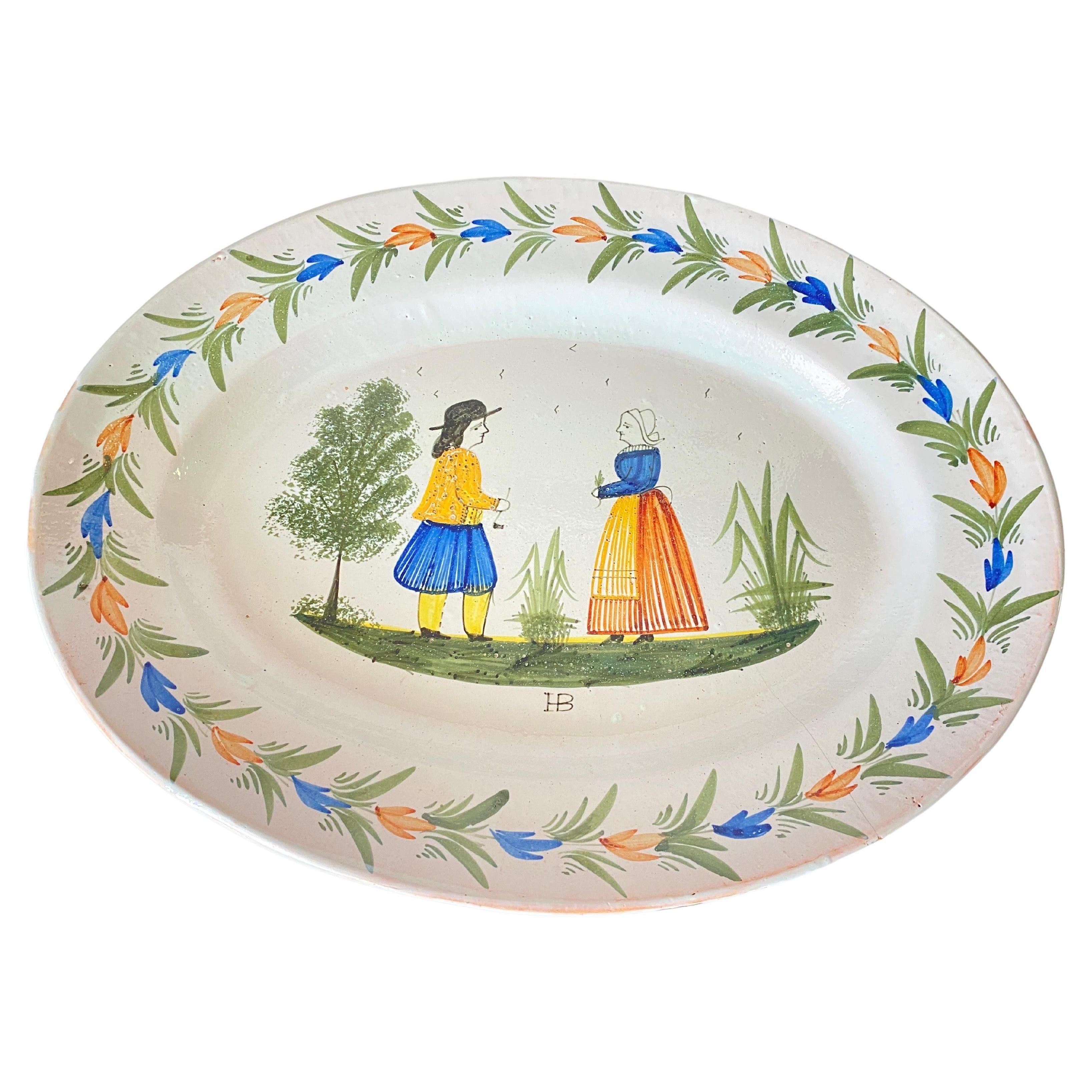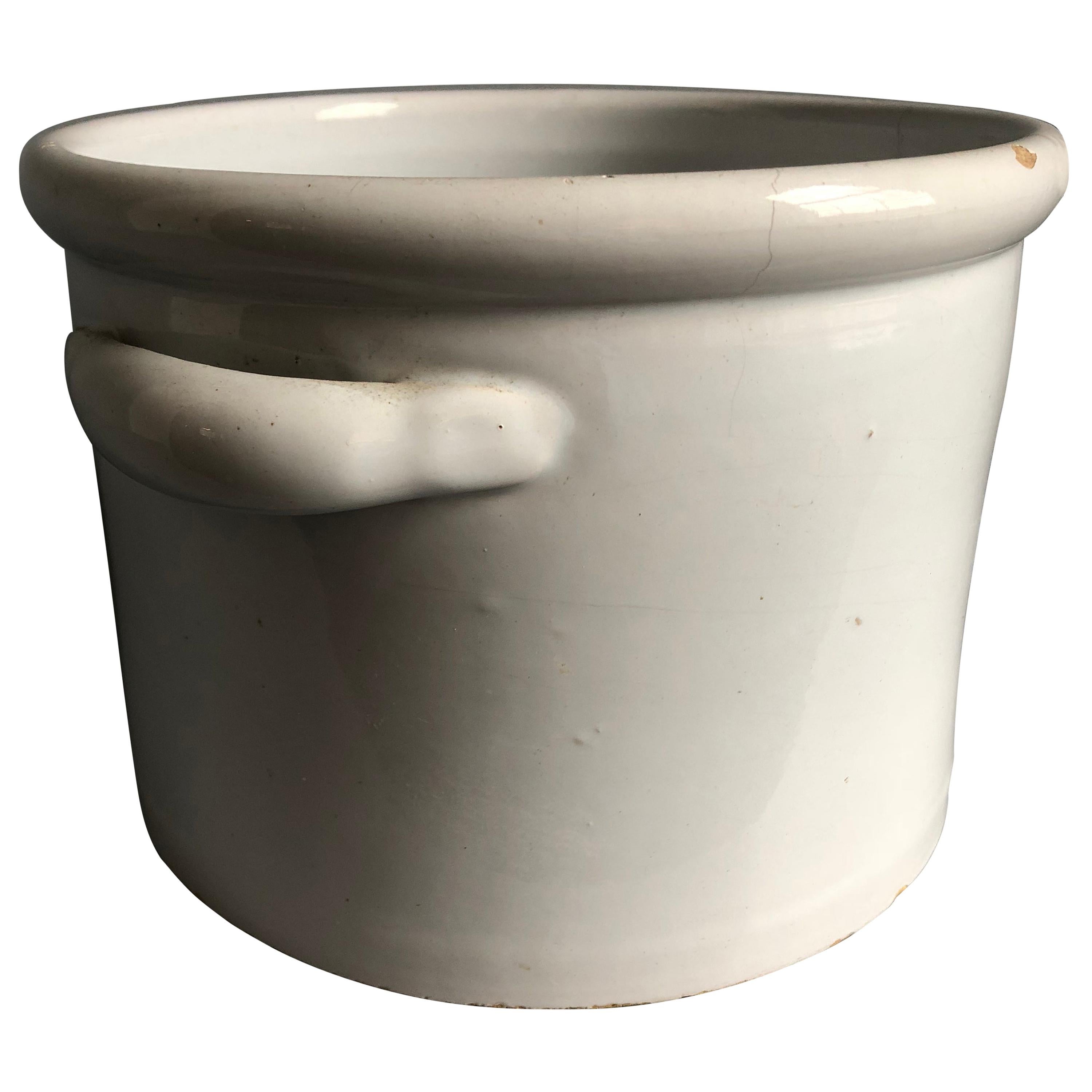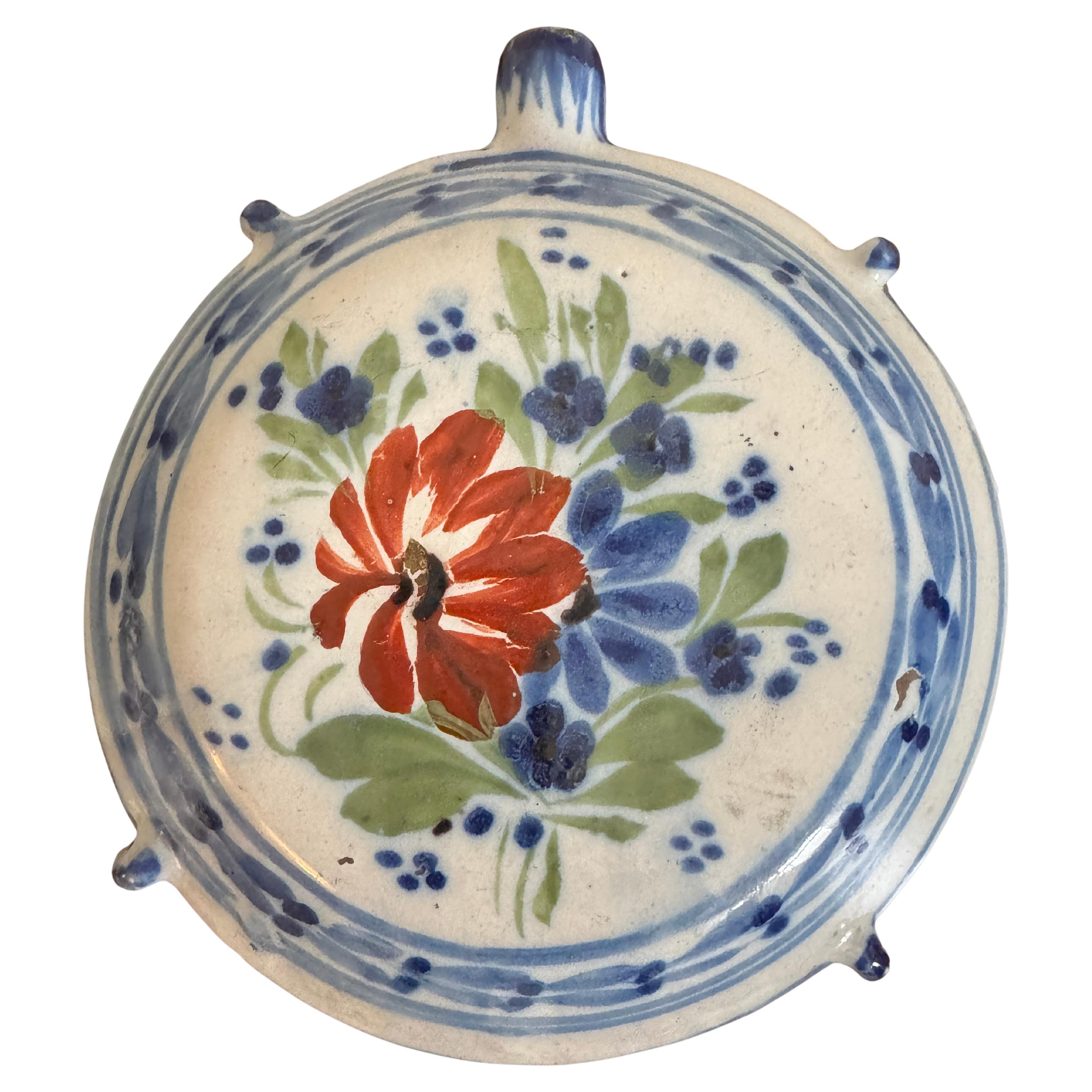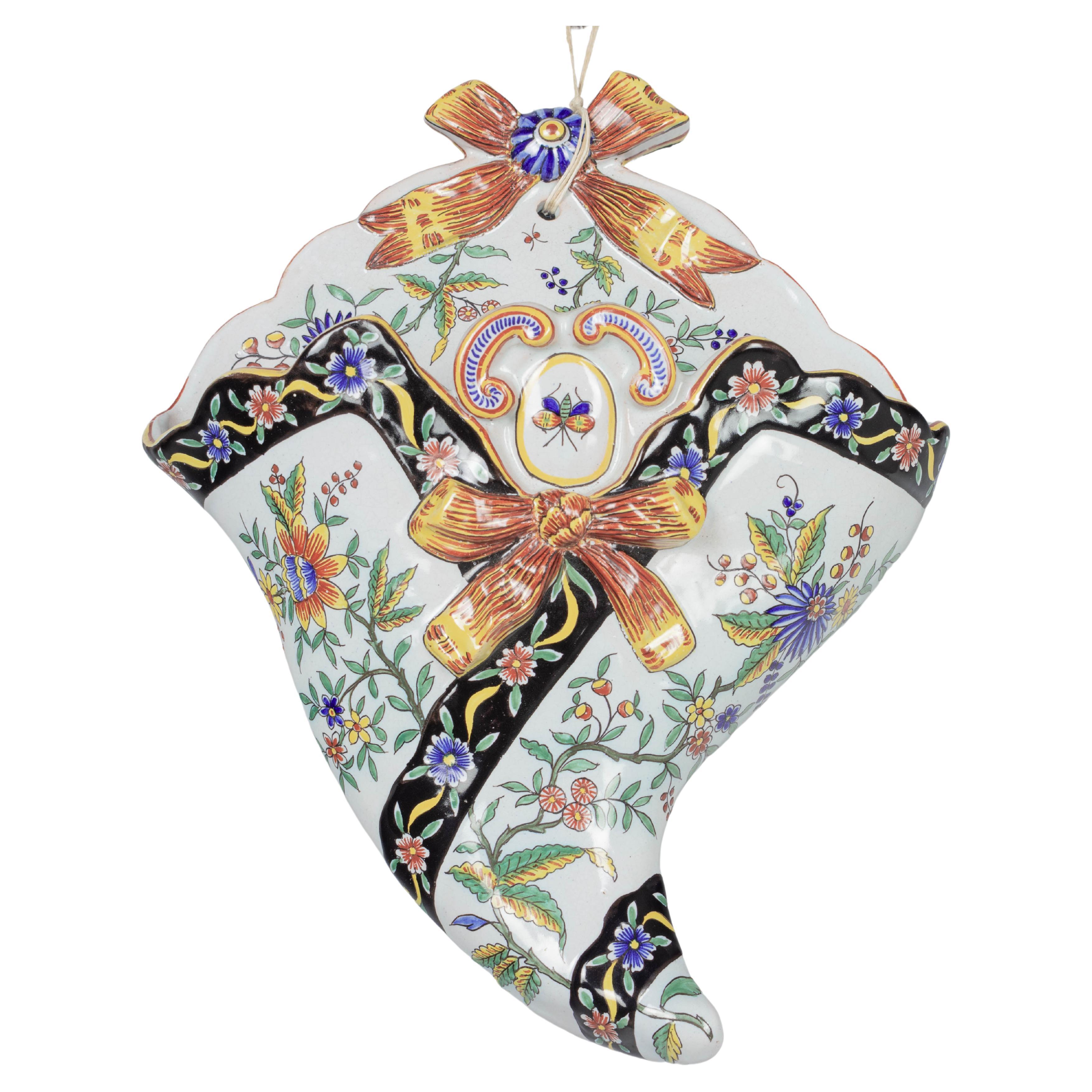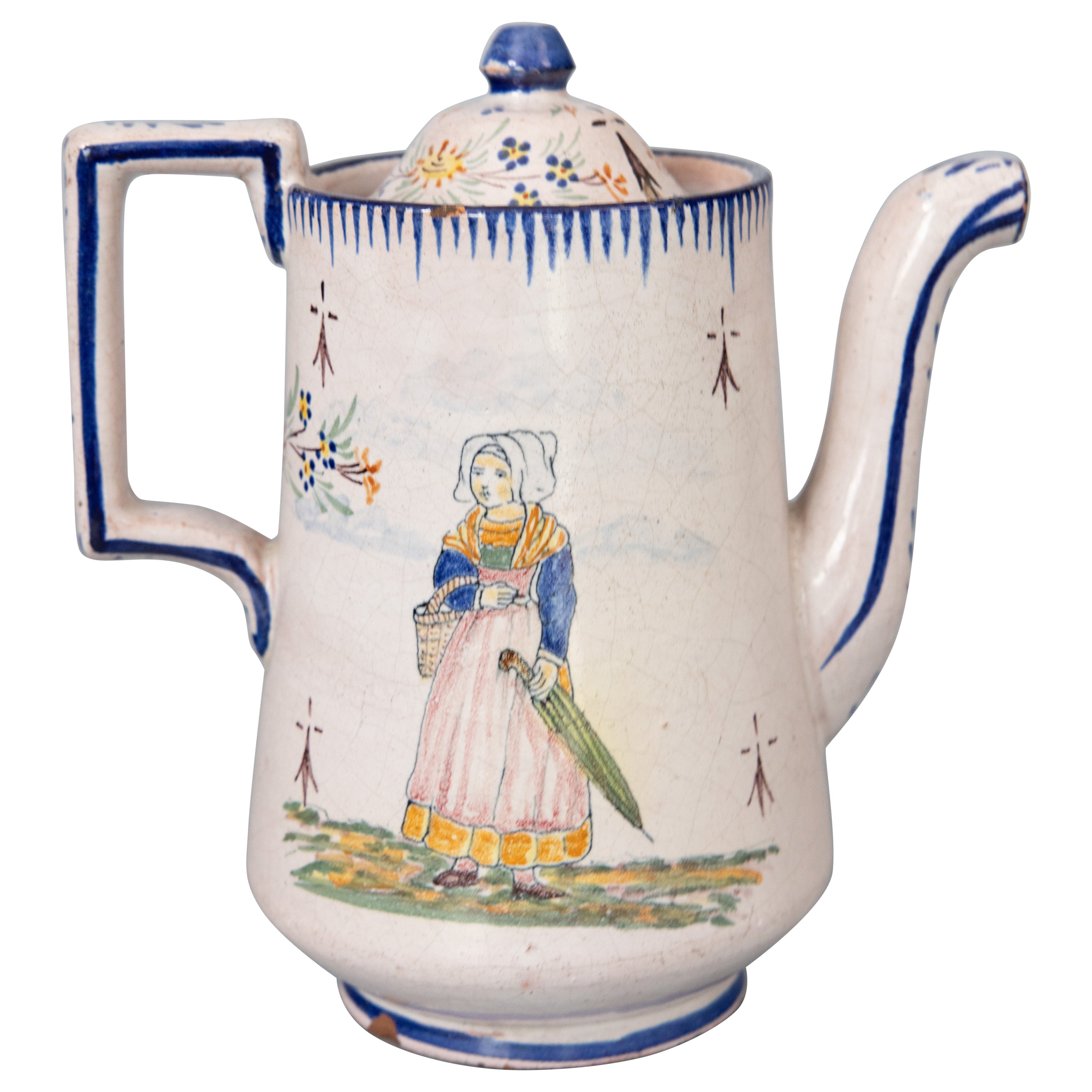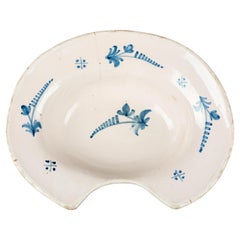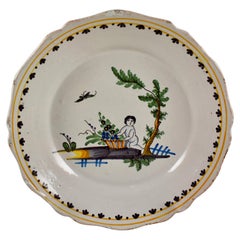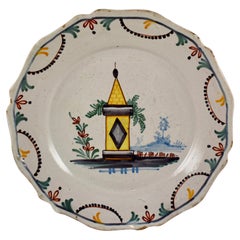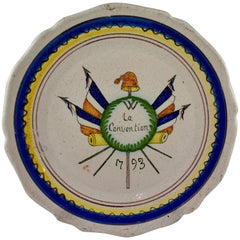
Antique barber's shaving bowl in faience of Nevers France 19th
View Similar Items
1 of 7
Antique barber's shaving bowl in faience of Nevers France 19th
$260List Price
About the Item
- Attributed to:Nevers (Manufacturer)
- Dimensions:Height: 3.15 in (8 cm)Width: 9.45 in (24 cm)Depth: 11.82 in (30 cm)
- Style:French Provincial (In the Style Of)
- Materials and Techniques:
- Place of Origin:
- Period:
- Date of Manufacture:19th
- Condition:Wear consistent with age and use. Minor losses. defect on a corner, see photo.
- Seller Location:LA FERTÉ-SOUS-JOUARRE, FR
- Reference Number:Seller: 844/41stDibs: LU9318238013162
Authenticity Guarantee
In the unlikely event there’s an issue with an item’s authenticity, contact us within 1 year for a full refund. DetailsMoney-Back Guarantee
If your item is not as described, is damaged in transit, or does not arrive, contact us within 7 days for a full refund. Details24-Hour Cancellation
You have a 24-hour grace period in which to reconsider your purchase, with no questions asked.Vetted Professional Sellers
Our world-class sellers must adhere to strict standards for service and quality, maintaining the integrity of our listings.Price-Match Guarantee
If you find that a seller listed the same item for a lower price elsewhere, we’ll match it.Trusted Global Delivery
Our best-in-class carrier network provides specialized shipping options worldwide, including custom delivery.You May Also Like
19th Century French Faience Shaving Bowl
Located in Winter Park, FL
A 19th century French faience shaving bowl, hand-painted with blue flowers. Hairline crack.
Category
Antique 19th Century French Country Delft and Faience
Materials
Faience
18th Century Nevers French Revolution Tin-Glazed Faïence Dish, the End of Famine
By Nevers
Located in Philadelphia, PA
A French Revolution tin-glazed earthenware dish, made in Nevers, circa 1790.
Showing a plump figure along side a basket of flowers beneath de l’arbre de la Liberté. The full body of...
Category
Antique Late 18th Century French Louis XVI Delft and Faience
Materials
Earthenware
18th Century Nevers French Revolution Tin-Glazed Faïence Dish, Bastille Tower
By Nevers
Located in Philadelphia, PA
A French revolution tin-glazed earthenware dish, made in Nevers, circa 1790. Showing a yellow battlement often thought to be the Bastille, the image of the tower represents the defen...
Category
Antique Late 18th Century French Louis XVI Delft and Faience
Materials
Earthenware
18th Century Nevers French Revolution Tin-Glazed Faïence Dish, La Convention
By Nevers
Located in Philadelphia, PA
A French Revolution tin-glazed earthenware dish, showing crossed French flags with a Phrygian cap on an épée, the symbol for Liberty. La Convention, meaning The Agreement, is written...
Category
Antique Late 18th Century French Louis XVI Delft and Faience
Materials
Earthenware
Quimper Faïence Dish, France, 19th Century
Located in Auribeau sur Siagne, FR
It is an Faience Dish, made in the 19th century by Quimper, the colors are white blue Yellow. Signed HB.
Category
Antique 19th Century French French Provincial Delft and Faience
Materials
Faience
$431 Sale Price
20% Off
French Faience Cache Pot, 19th Century
Located in Doylestown, PA
A white glazed French Faience “Cache Pot” with handles, circa 1870.
Category
Antique 19th Century French French Provincial Delft and Faience
Materials
Faience
Recently Viewed
View AllMore Ways To Browse
Nevers France
Antique Yellow Glass Bowl
Antique Glass Rose Bowl
Antique Rose Bowl
Yellow Porcelain Bowl
Delft Dish
Antique French Porcelain Dishes
Antique Copper Dish
Antique Ring Dish
Nevers Faience
French Mens Rings
Silver Dish Ring
French Faience Nevers
Silver Soap Dish
Antique Delft Bowl
Glass Dish And Spoon
Glass Soap Dish
Antique Yellow Glass Dishes
